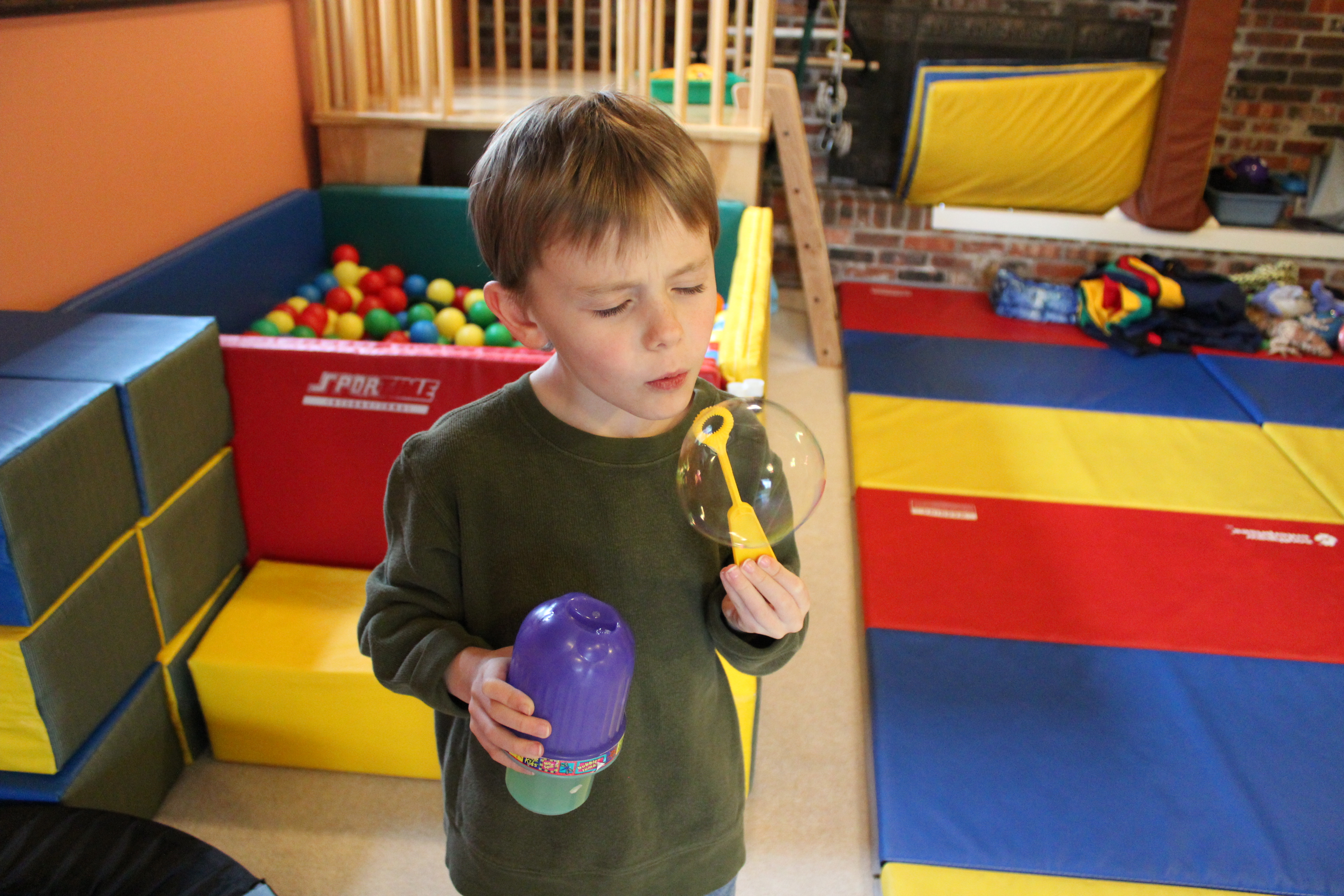3 Deep Relaxed Breathing Exercises to Help Children with Sensory Processing Disorder and Autism

Deep relaxed breathing has many neurophysiological benefits for children, especially those with Sensory Processing Disorder and Autism. These children experience ‘fight, flight, freeze’ stress response frequently throughout their daily activities. Listen to this short podcast that outlines the benefits of deep breathing that can help children experience life with more joy and laughter.
Deep relaxed breathing has many neurophysiological benefits for children, especially those with Sensory Processing Disorder and Autism. These children experience ‘fight, flight, freeze’ stress response frequently throughout their daily activities. Here are some of the benefits of deep breathing that can help children experience life with more joy and laughter.
- Deep breathing facilitates the ANS to attain and maintain parasympathetic function – the ‘rest & digest’ system
- Has a modulating effect creating a calm alertness
- Increases oxygen helping to ‘wake up’ the brain
- Reduces anxiety
- Enables healthier sleep patterns
- Modulates appetite
- Decreases fatigue
- Improves emotional regulation
Children need to be taught deep diaphragmatic breathing patterns, so they can learn to control their breathing for slow, deep, relaxed breaths.
3 Deep Relaxed Breathing Exercises for Children
- Feather Breathing
This is my signature technique from my Learn to Move, Move to Learn book and program. Use craft feathers. These provide a tactile and a visual cue to teach children good diaphragmatic breathing patterns.
Sit in a comfortable position, hold a craft feather in the palm of your hand close to your face, then cue the children “Breath in slowly through your nose like you’re smelling a flower, blow out slowly, don’t let you feather fall”. Note: Demonstrate this to show the children if you breathe out slowly the feather will stay in your hand, and if you blow too hard, the feather will fall. Repeat at least 3 times.
- Balloon Breath
Have children sit in a comfortable position and place their hands around their mouth, to pretend they are getting ready to blow up a balloon. Demonstrate and teach children to breathe slowly in through your nose and breathe slowly out through your mouth, moving hands outward as if you are blowing up a balloon on each exhalation. Repeat 3 times moving hands slightly farther apart on each exhalation until the balloon is as big as it can get. Pretend to tie it closed and let it float away in the air.
- Belly Breathing with Beanbag Animal
Have children lie on the floor and place a small beanbag animal on their stomach. Cue the children “Breathe in slowly though your nose and feel the stuffed animal rise, breathe out slowly through your mouth and then feel the animal lower. Repeat at least 3 times. Play quiet music for increased relaxation.
Props & Extras:
- Blowing bubbles or Blowing streamers
